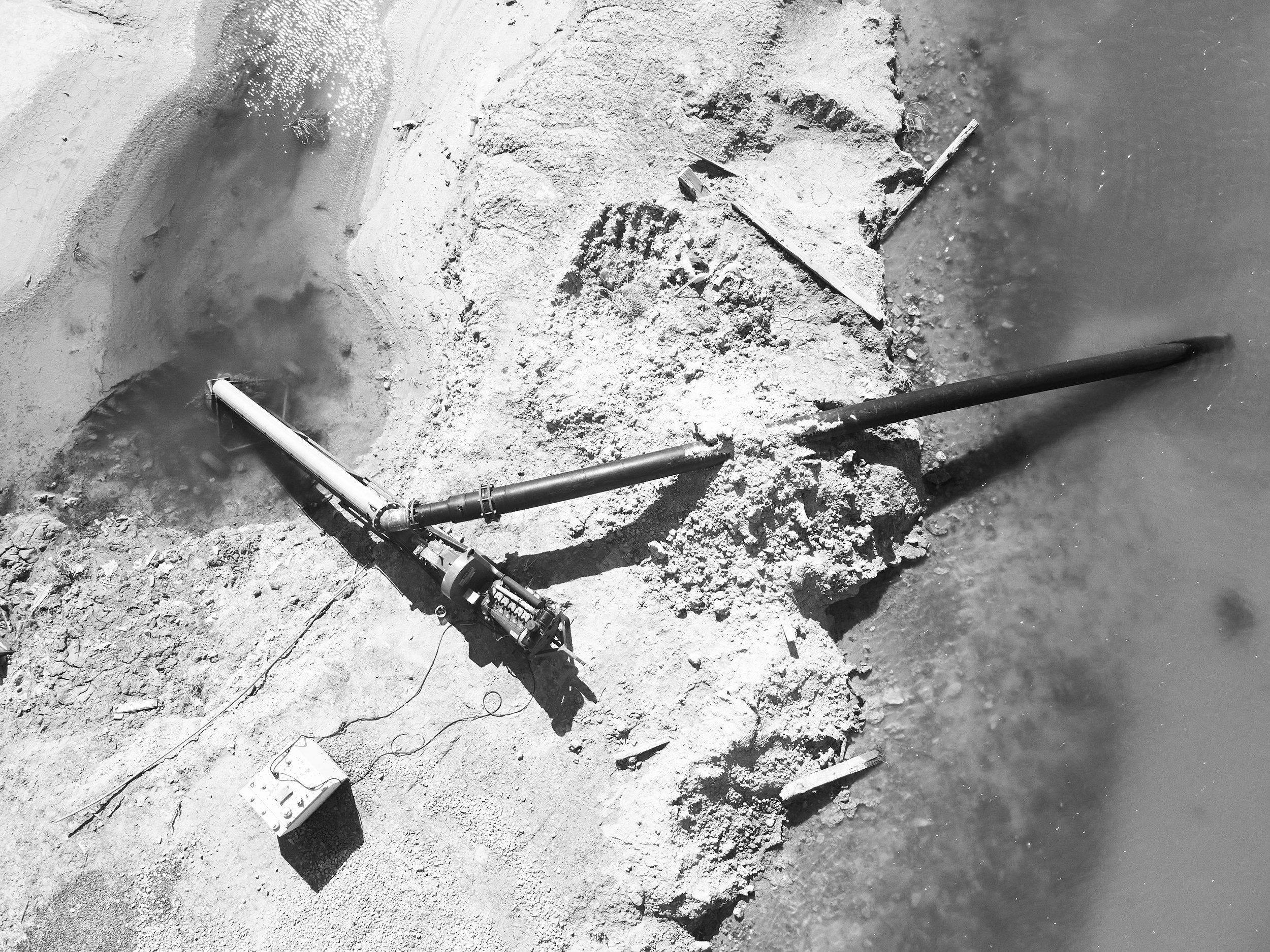Desert Scars
Human-Altered Landscapes in Utah’s West Desert
Utah’s West Desert encompasses the western third of the state, a vast, empty region uniquely different from the rest of the state. Most of the area falls within the Great Basin, a place of isolated mountain ranges separated by desert playas and wide-sweeping sagebrush flats. It is one of the driest and least populated places in the United States, and it can be so quiet you can hear your heart beating, and so empty you can see the horizon’s gentle curve.
This sensitive eco-region is also an under-appreciated part of the state, manifesting in a landscape littered with past and present evidence of human exploitation of the land, left with little regard for the resulting environmental challenges. This pattern of desert industrialization presents a dichotomous vision of, in the words of David Maisel, the desert as “a terra incognita, a vast emptiness upon which we impose a notion of purity and boundlessness.”
Desert Scars explores the contradictory perception of the desert as a pure and unspoiled landscape, with the very different reality on the ground—focusing on industrialization and exploitation, and how it has reshaped the landscape of a fragile desert ecosystem.
Desert Scars 1, Morton Salt Evaporation Ponds, Grantsville, Utah (2021)
Desert Scars 2, Cargill Salt Evaporation Ponds, Skull Valley, Utah (2021)
Desert Scars 3, Morton Salt Evaporation Ponds, Grantsville, Utah (2021)
Desert Scars 4, Cargill Salt Evaporation Ponds, Skull Valley, Utah (2021)
Desert Scars 5, Morton Salt Evaporation Ponds, Grantsville, Utah (2021)
Desert Scars 6, Morton Salt Evaporation Ponds, Grantsville, Utah (2021)
Desert Scars 7, Morton Salt Evaporation Ponds, Grantsville, Utah (2021)






